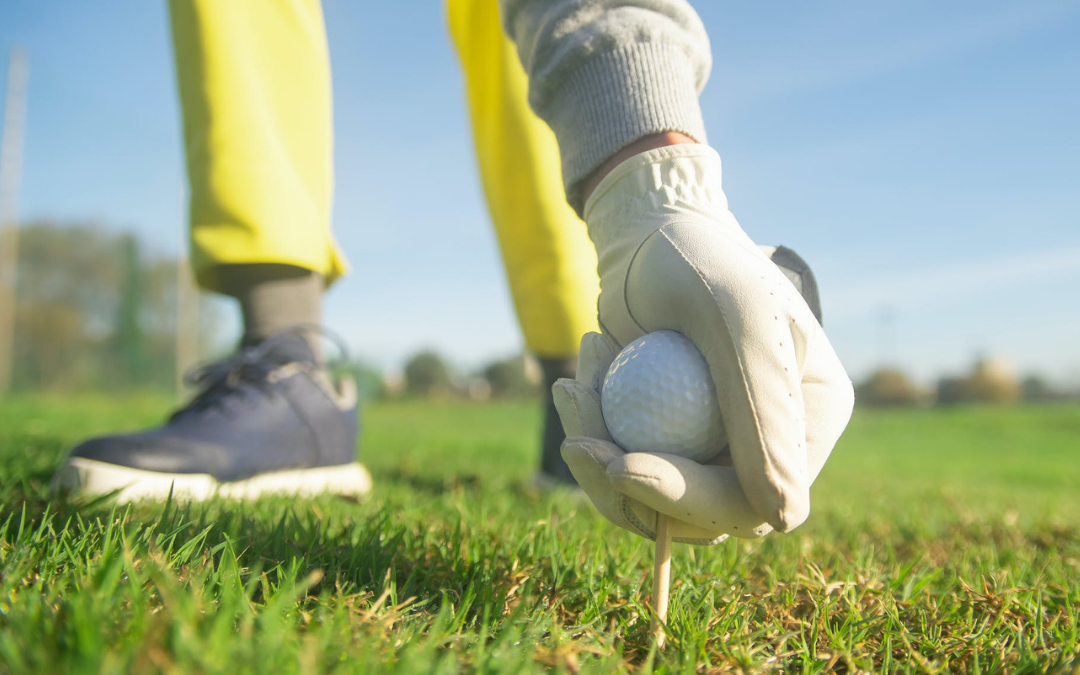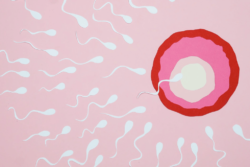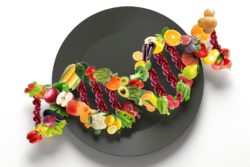As we gear up for golf season, there are some unforeseen health hazards that this may have for the men out there. As it turns out, sperm is highly sensitive to environmental changes. This includes changes in temperature and exposure to environmental chemicals, including those common to the golf course, such as pesticides, herbicides, and insecticides.
Oxidative stress is one of the leading culprits of male infertility. Oxidative stress is the effect of chemical by-products, such as pesticides found on the golf course. As the body processes these chemicals, they create reactive oxygen species (ROS). A high amount of ROS leads to damage to DNA, proteins, and essential fatty acids within the sperm. Several studies show high ROS increases damage to sperm and lowers semen quality, including concentration, motility, and morphology. Contributing overall to male factor infertility.
Antioxidants, Vitamins and Male Infertility
There are several antioxidants and enzymes in the body that protect immature sperm (spermatozoa) from oxidative stress. Vitamins such as vitamin C, vitamin E, vitamin A and beta-carotene, and enzymes such as glutathione-S-transferase (GST) and superoxide dismutase (SOD) can reduce ROS exposure and limit damaging effects. Genetic variations within genes that influence vitamin availability and enzyme efficiency, predispose individuals to lower levels of antioxidants, leading to a susceptibility to oxidative stress and DNA damage. Ultimately, these SNPs increase one’s susceptibility to the damaging effects of chemicals and increase the risk of male infertility.
Some individuals are missing copies of the GST enzyme. Normally, everyone inherits 2 copes of a gene from their mother and father; however, within the GST genes, there is a deletion that can commonly occur. Individuals with fewer copies of the GSTM1 and GSTT1 genes may be more prone to male factor infertility. Furthermore, it seems that risk depends on the level of exposure to environmental chemicals.
Reducing Your Risk on the Golf Course
While gene editing isn’t available quite yet, there are effective strategies to overcome the impact genetic predispositions may have.
- Limit exposure to environmental chemicals – this includes reducing exposure within air, water, and foods. Get an air and water filter and buy organic. If you’re actively trying for a family, then perhaps reducing your green time, and using a golf simulator is an ideal option.
- Increase antioxidant levels – this is done by increasing the consumption of antioxidants through foods and supplementation.
- Eat 8-10 servings of organic fruits and vegetables daily. Avoid processed foods that tend to deplete nutrients.
- Increase sources of vitamins C and E, selenium, zinc and cysteine-rich foods. These increase glutathione levels to reduce damage from ROS.
- Increase foods and nutrients to increase GST activity. Cruciferous vegetables contain sulforaphane, which induces GST enzymes and other detoxification pathways. Even in those who are missing certain types of GST enzymes, such as GSTM1 and GSTT1, there are alternate glutathione enzymes and pathways that serve as a ‘back-up’ to eliminate chemicals and protect sensitive tissues. Eating 100g of broccoli sprouts daily significantly increases GST concentrations and likely improves semen parameters.
To learn more about how you can support your fertility, or to book an online appointment with a Conceive Health ND, contact us today.
References:
- Ying H-Q, Qi Y, Pu X-Y, Liu S-R, A Z-C. Association of GSTM1 and GSTT1 Genes with the Susceptibility to Male Infertility: Result from a Meta-Analysis. Genet Test Mol Biomarkers. 2013 Jul;17(7):535–42.
- Zivar Salehi, Lida Gholizadeh, Hamidreza Vaziri, Ali Hamidi Madani. Analysis of GSTM1, GSTT1, and CYP1A1 in Idiopathic Male Infertility. Reprod Sci. 2012 Jan 1;19(1):81–5.
- Xiong D-K, Chen H-H, Ding X-P, Zhang S-H, Zhang J-H. Association of polymorphisms in glutathione S-transferase genes (GSTM1, GSTT1, GSTP1) with idiopathic azoospermia or oligospermia in Sichuan, China. Asian journal of andrology. 2015;17(3):481.
- Safarinejad MR, Dadkhah F, Ali Asgari M, Hosseini SY, Kolahi AA, Iran-Pour E. Glutathione S-transferase polymorphisms (GSTM1, GSTT1, GSTP1) and male factor infertility risk: a pooled analysis of studies. Urol J. 2012;9(3):541–8.
- Huo L, Su Y, Xu G, Zhai L, Zhao J. Sulforaphane Protects the Male Reproductive System of Mice from Obesity-Induced Damage: Involvement of Oxidative Stress and Autophagy. Int J Environ Res Public Health. 2019 Oct;16(19):3759.



